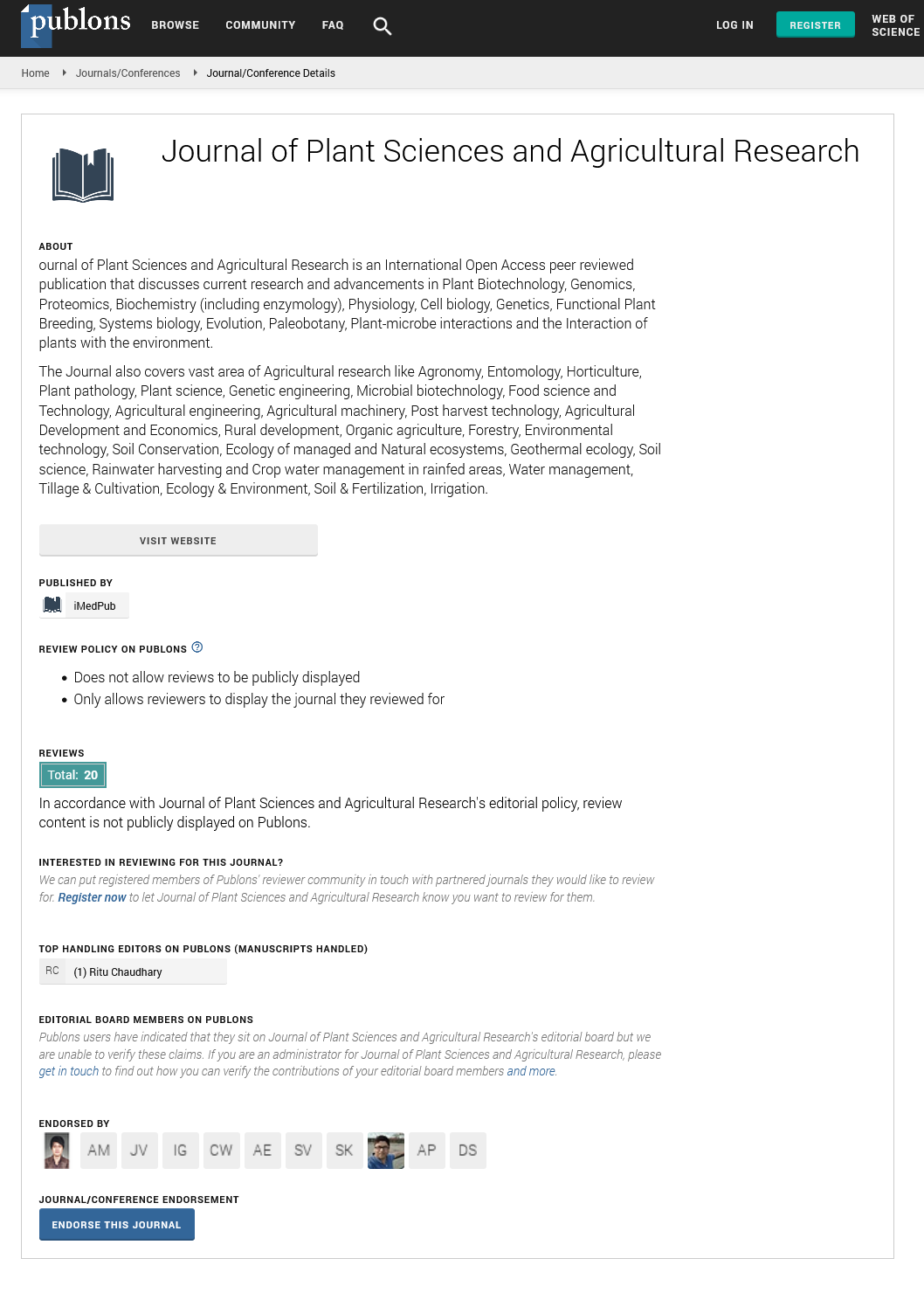Abstract
On Building Distributed Organics Recycling Networks in Municipalities to Meet Climate Action Goals
California‘s Climate Action Plan calls for reducing and recycling 75% of organic wastes currently disposed in landfills by 2025. Potent short-lived greenhouse gases (GHG) emitted by the decomposition of organic material in landfills greatly contribute to global climatic change. Reducing organic wastes and creating value-added products such as compost, fertilizers, and biofuels is part of California’s landmark Global Warming Solutions Act of 2006, and is fundamental to reaching the statewide recycling goal. Organic waste accounts for more than 60% of municipal waste or about 24 million tons landfilled annually. California currently has about 160 permitted compost facilities and 12 anaerobic digestion (AD) facilities that process roughly 6 million tons of organic materials annually; with another 4 million tons of permitted capacity available. However, even if all this capacity is fully utilized, it leaves California well-short of its goal by more than 14 million tons. California’s enforcement agency, CalRecycle, ensures compliance of local governments to enforce the state goal on local businesses and residents, even amid the COVID-19 Pandemic. Moving water-laden organics to remote centralized facilities is expensive and counter- productive in meeting GHG reduction targets. The author is implementing in local municipalities an alternative upstream strategy focused on at-source organic waste reduction, reuse and recycling that can complement offsite centralized facilities and assist in reducing the 14 million tons shortfall. The appropriate technologies include micro-composting, mulching, xeriscaping, organic gardening, and package AD to minimize collection requirements. This paper presents the technological, environmental, and economic implications of this reducing, then producing approach.
Author(s): Jon Michael Huls
Abstract | Full-Text | PDF
Share This Article
Google Scholar citation report
Citations : 135
Journal of Plant Sciences and Agricultural Research peer review process verified at publons
Abstracted/Indexed in
- Google Scholar
- Publons
- Secret Search Engine Labs
Open Access Journals
- Aquaculture & Veterinary Science
- Chemistry & Chemical Sciences
- Clinical Sciences
- Engineering
- General Science
- Genetics & Molecular Biology
- Health Care & Nursing
- Immunology & Microbiology
- Materials Science
- Mathematics & Physics
- Medical Sciences
- Neurology & Psychiatry
- Oncology & Cancer Science
- Pharmaceutical Sciences
